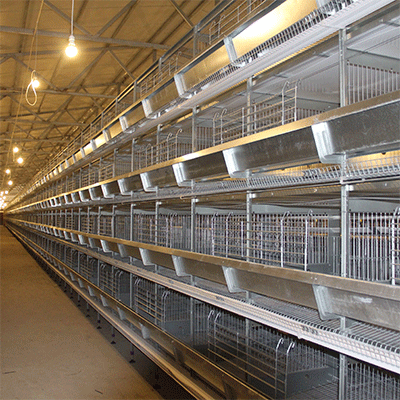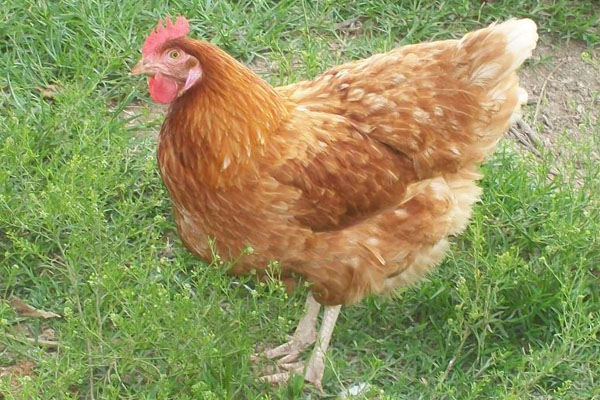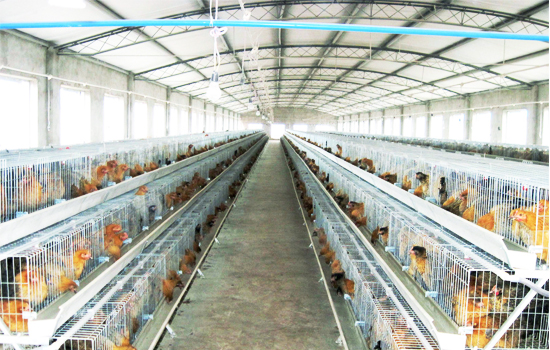Automatic maintenance work of poultry farming equipment
- Published in Method of breeding chicken
The daily maintenance and maintenance of automatic poultry farming equipment is the basic work of farmers. The maintenance of equipment should be done daily to ensure the institutionalization and standardization of equipment maintenance. Here is a brief introduction to how to maintain and maintain poultry equipment.
In daily maintenance, farmers must pay attention to wiping the inside and outside of the battery chicken cages, and treat the parts such as the chicken cage door, screw, rack, and wheel box without oil pollution. In addition, some debris and dirt around the equipment should be cleaned up. This will not only ensure that the chicken growing environment is beneficial, but also extend the life of the equipment.

Second, because poultry farming equipment is basically in operation for a long time, it is necessary to ensure that the lubrication work between the equipment must be done well. Farmers should pay attention to whether the engine should be oiled and changed. Do not let the equipment make a rubbing noise. Pay attention to the condition of the oil tank to ensure that the oil pressure is normal and the oil path is unblocked.
The most important point is that the farmers must follow the relevant safety operating procedures in the daily use process, do not overload the equipment, ensure that the safety protection measures are complete and reliable, and promptly eliminate unsafe factors when problems are found.
The above is the daily maintenance of automatic poultry farming equipment shared for farmers, I hope everyone can learn.




